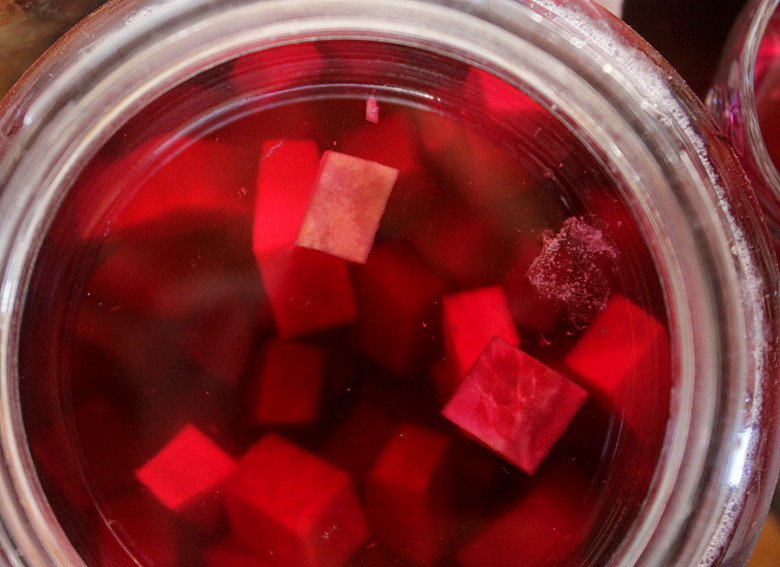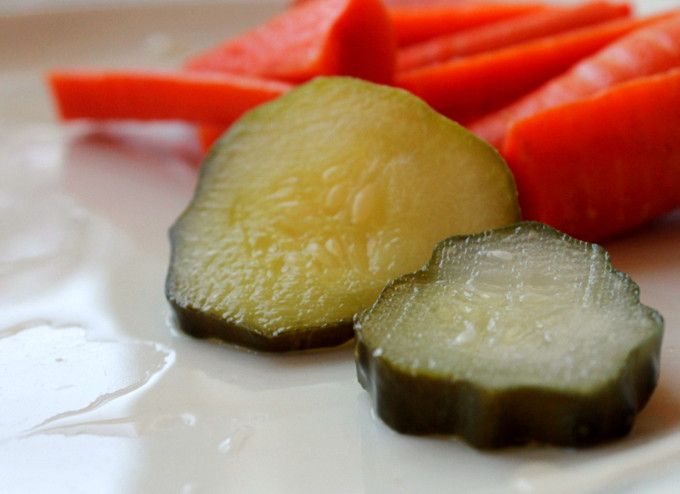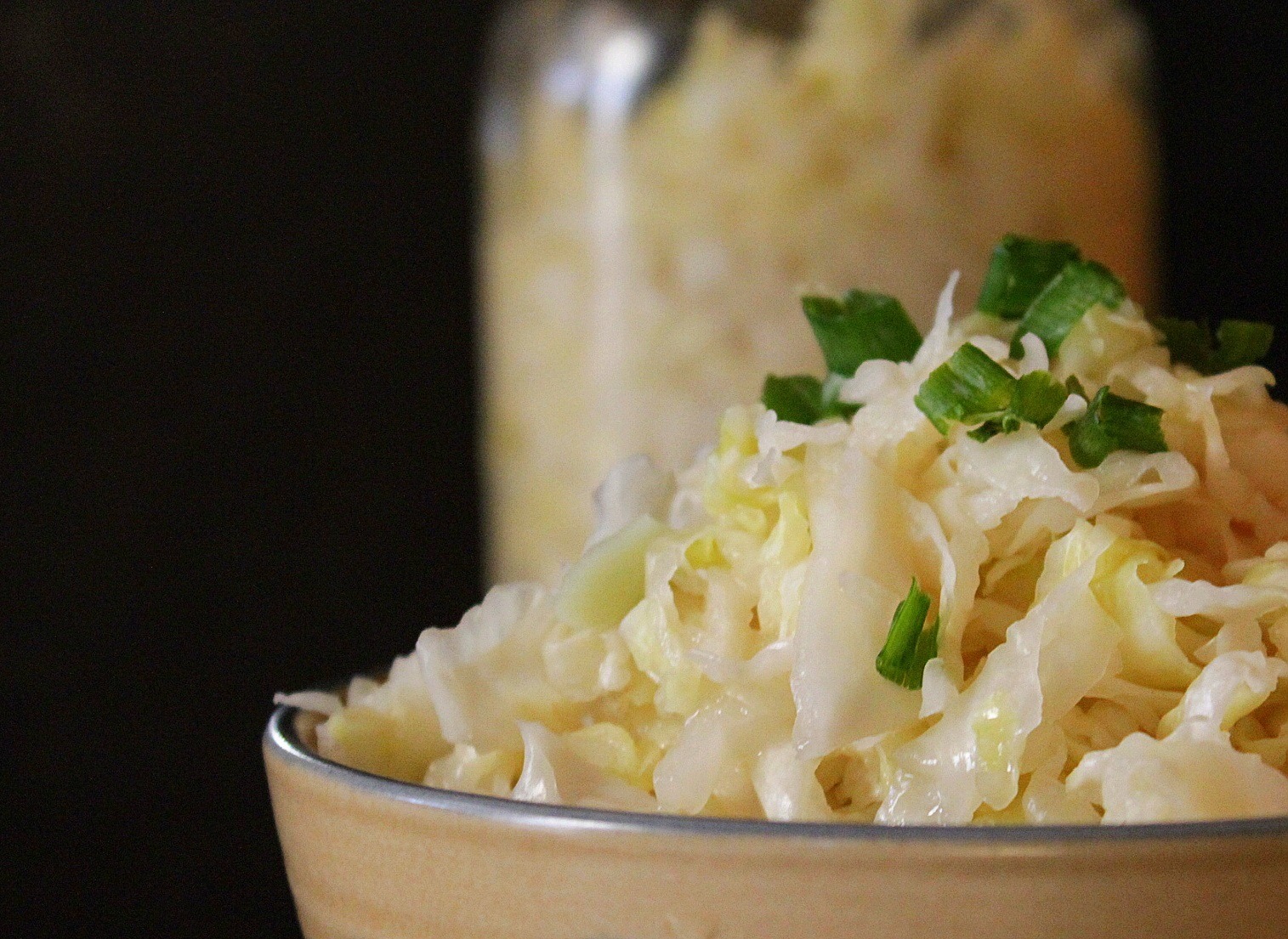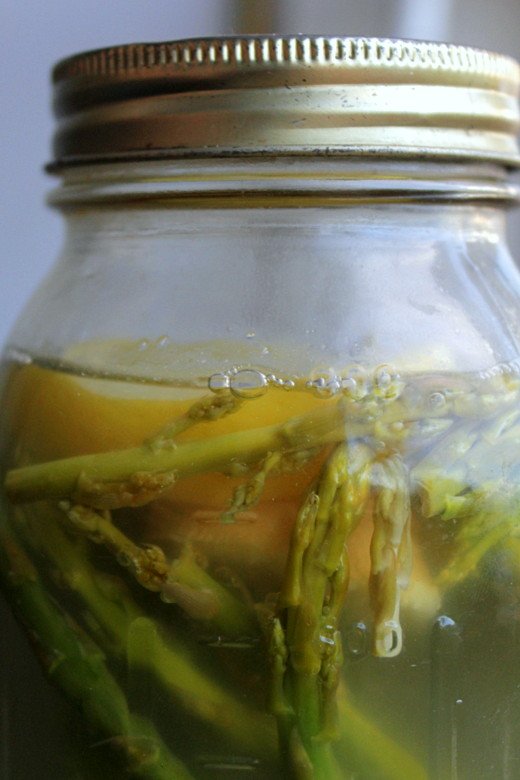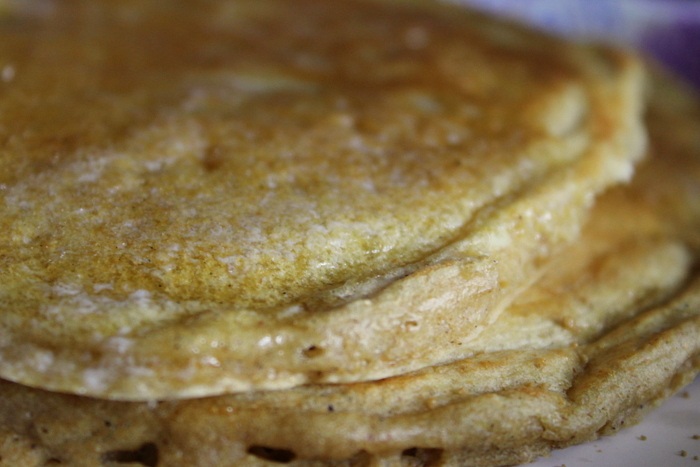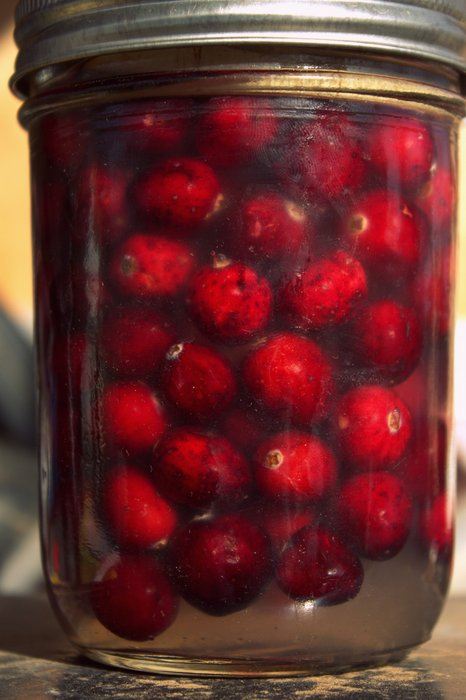Beet Kvass: An Easy Fermented Tonic You Can Make at Home
Among the many fermented beverages available to the home-fermenter, beet kvass is often the least known. That is unfortunate since it is also one of the simplest fermented beverages one can make and many find it to be a wonderful tonic when taken on a daily basis. It is said that beet kvass originated in the Ukraine. It is here where beets are well-loved and oft-used in the kitchen. Beet kvass is just one way in which this traditional culture has incorporated the nutrient-rich beet into their everyday diet.




